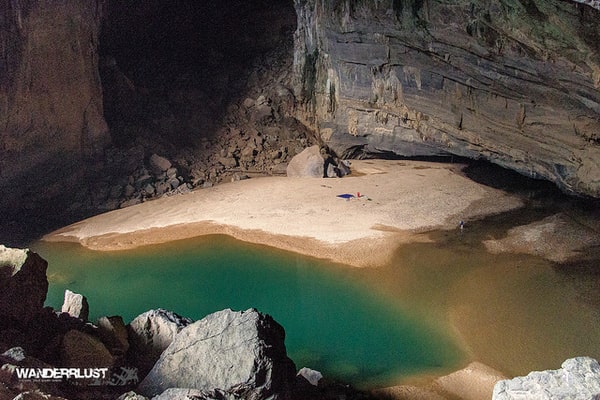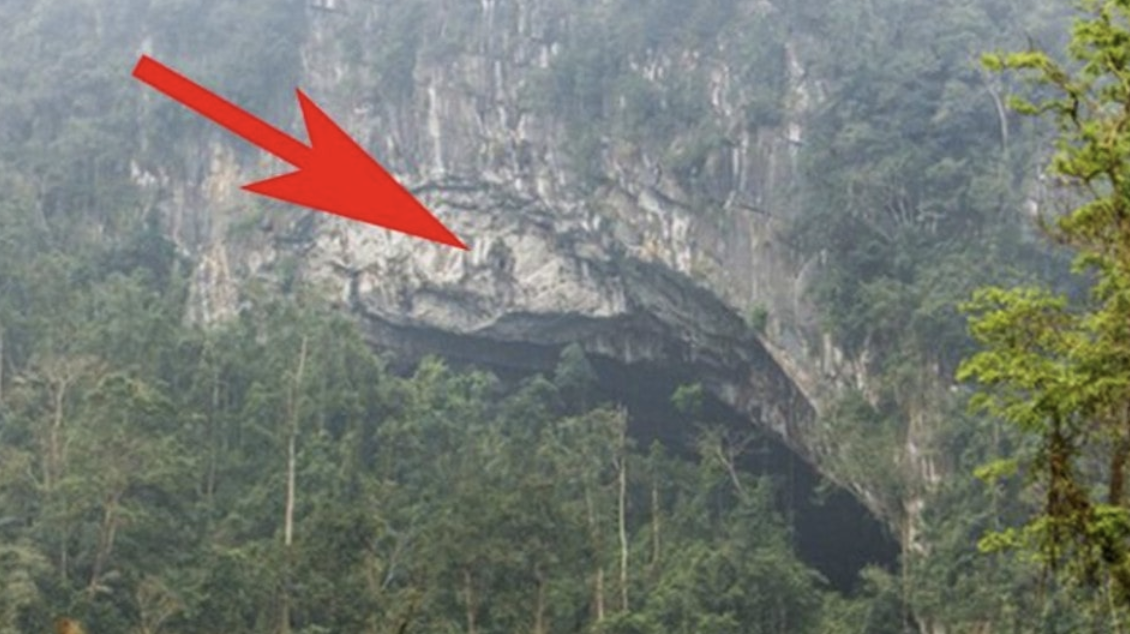In 1991, a brave farmer stumbled upon an extraordinary treasure hidden within Vietnam’s Phon Nha-Ke Bang National Park. This remarkable discovery, once shrouded in mystery and fear, has now become a priceless gem for the region and researchers across the globe.
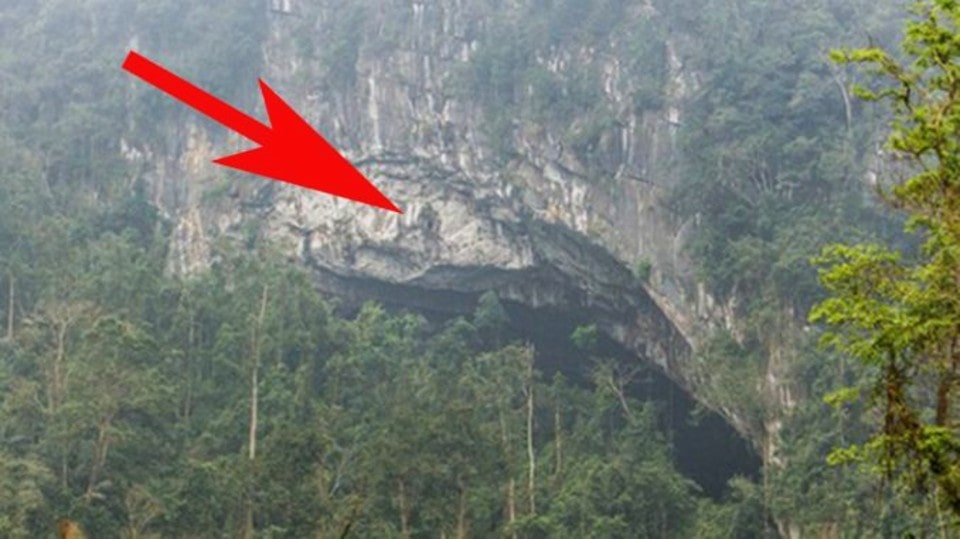
The entrance to the cave was marked by a thunderous roar of water, creating an intense and intimidating aura. The farmer, initially hesitant, mustered the courage to venture inside. As he plunged into its depths, he encountered a long dark tunnel adorned with peculiar limestone formations and enchanting stalactites, as if crafted by an ancient civilization.
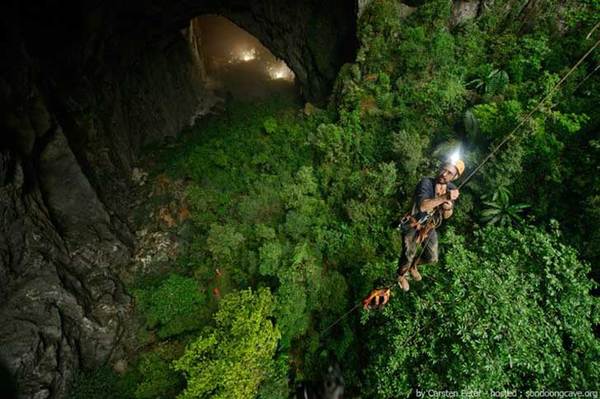
The atmosphere inside the cave was mystical, with a lower temperature and an otherworldly ambiance. It felt as though stepping into a different realm altogether. Exploring further, the farmer discovered vast rooms with countless pathways leading in every direction, a complex maze that had remained hidden until now.
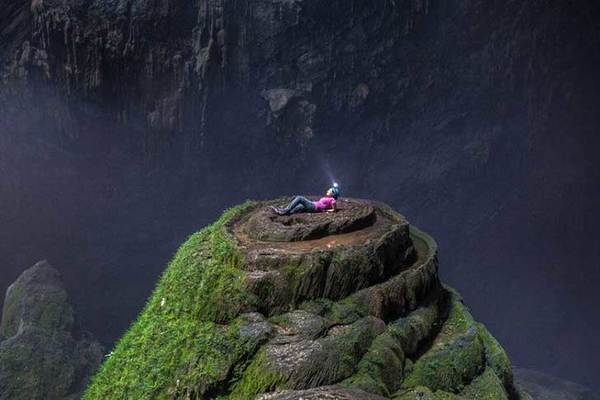
Within those mysterious chambers, scientists uncovered unique minerals, ancient artifacts, and breathtaking limestone formations. News of this magnificent cave spread like wildfire, attracting researchers from far and wide who sought to understand its wonders and unravel its secrets.
To this day, Phon Nha-Ke Bang National Park is home to this magnificent treasure. Visitors can now marvel at the stunning rock formations and embark on exhilarating caving adventures through these captivating subterranean chambers. It’s an opportunity to witness firsthand the beauty and grandeur that lies beneath the surface.
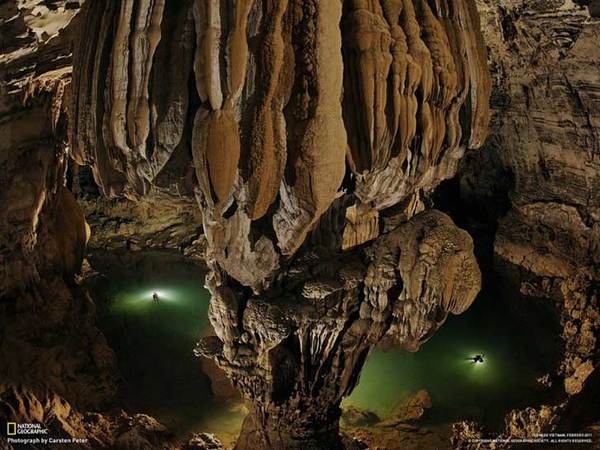
In 2009, a group of British researchers delved deep into the Soon Dong cave, unearthing an astonishing sight that would later be confirmed as the world’s largest self-contained network of tunnels and caves. Stretching an impressive 5 kilometers in length and 150 meters in breadth, this underground world is an awe-inspiring spectacle.
During their expedition, the scientists meticulously studied the size, structure, and condition of the cave system. They discovered a diverse array of minerals and rocks, including mica schist, quartzite, and sandstone, embedded within its walls. The dynamic environment of the cave is home to various species, such as bats, bears, birds, and other remarkable creatures.
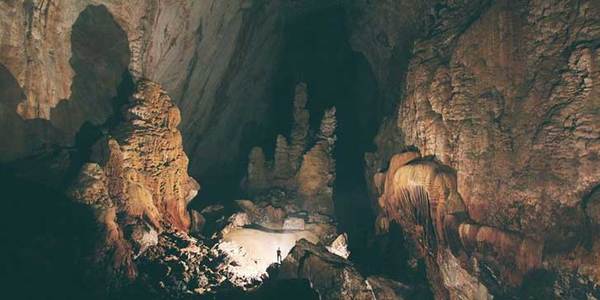
Soon Dong’s remarkable architecture is the result of millions of years of water erosion, creating immense chambers adorned with stalactites, stalagmites, and other formations formed by the gradual descent of water droplets from the cave’s roof. In certain areas, rays of light seep through fractures in the granite, casting an ethereal glow and adding to the cave’s enchanting allure.
For the locals, this underground marvel holds not only geological significance but also spiritual importance. Many view it as sacred ground, often paying tribute with sacrifices in the belief that it brings good fortune or wealth. It serves as a reminder of our harmonious connection with nature and the stunning beauty our planet holds, even in its deepest recesses.
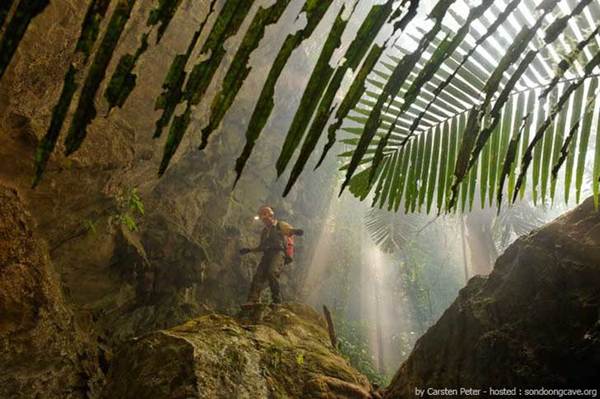
To witness the splendor of this subterranean landscape, one must descend 80 meters on a rope, granting access to one of the most astonishing sights on the planet. Within the cave, visitors are greeted by pristine beaches with sand so fine it twinkles like scattered diamonds, and emerald lakes that shine in mesmerizing brilliance.
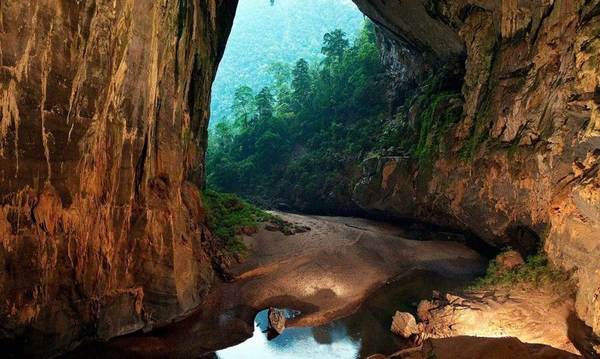
As they venture further, a gentle river meanders through the cave, enhancing the sense of wonder and adventure. And it’s not just the natural formations that captivate; the cave boasts a rich variety of plants, wildlife, and other natural wonders. Explorers may encounter vibrant green foliage or catch glimpses of animals going about their lives in their natural habitat.
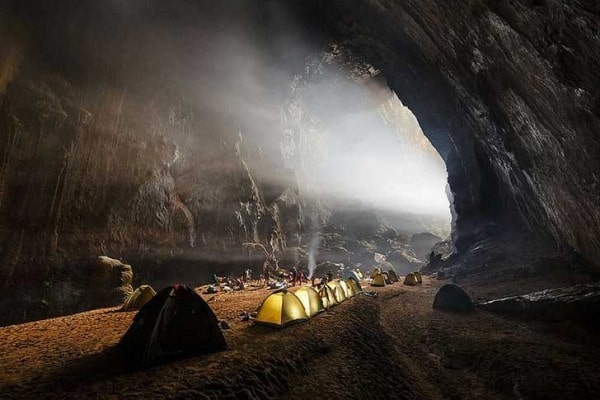
To truly grasp the breathtaking splendor of this underground universe, one must witness it with their own eyes. Even the most eloquent words fall short in capturing the magnificence of this hidden treasure. It is through the lens of photographs that we can begin to appreciate the sheer beauty that lies within this mysterious subterranean realm.
